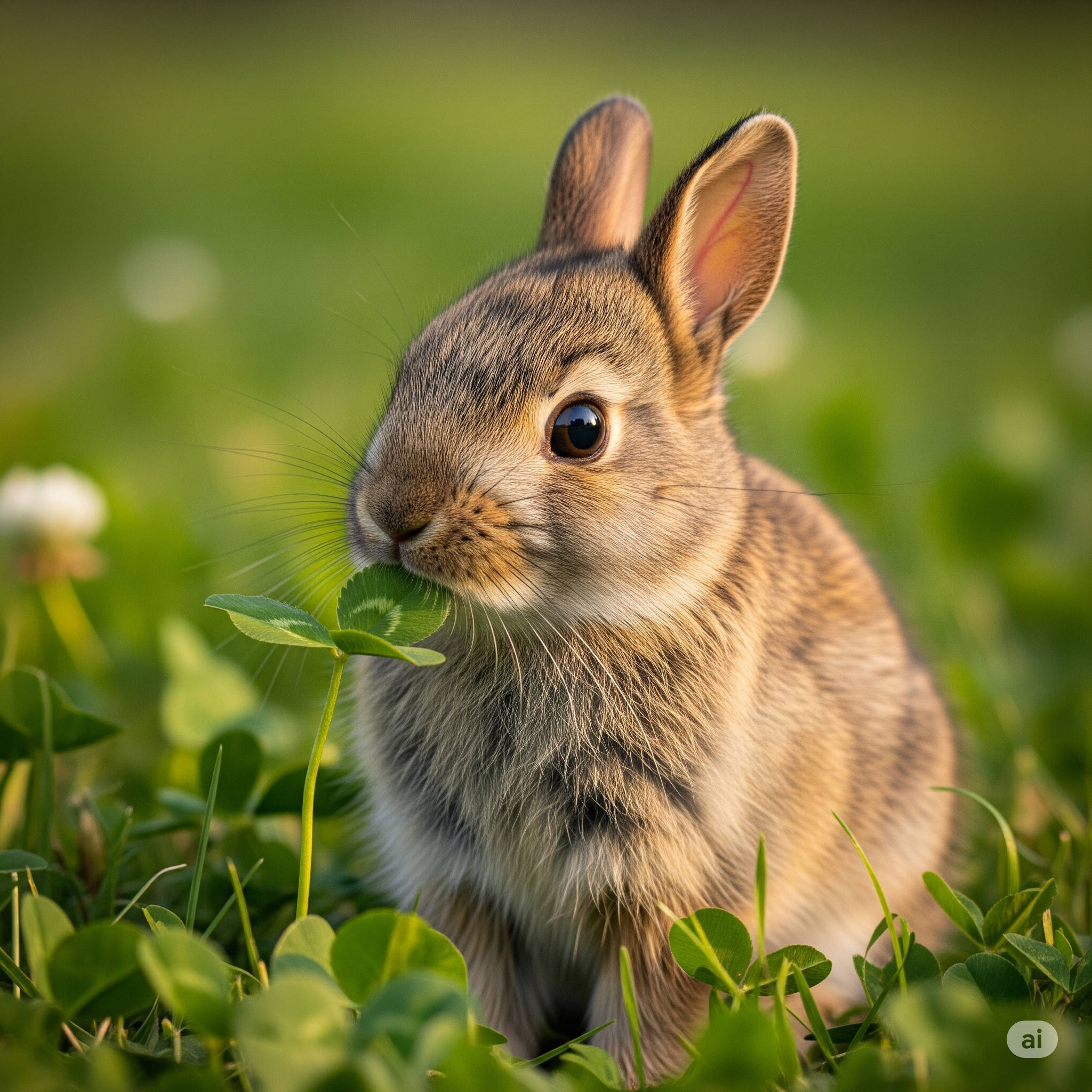August is a month of youthful energy in the animal kingdom. With the breeding season drawing to a close, the fields and hedgerows are teeming with the young of rabbits, hares, and hedgehogs. It's a time of learning and independence, as young squirrels venture from their dreys and stoats and weasels dart across paths in their relentless hunt. Look closely, and you might see mice climbing brambles for a sweet treat or hear the excited squeaks of bats on a warm evening. It's a month of endearing, and sometimes perilous, first steps for a new generation of wildlife.
Return on August 30th for the full article!
Rabbits are at last reaching the end of their main breeding season and so we see them everywhere. Even does born this year are now pregnant. Large numbers congregate at the edges of fields, especially if there are thickets nearby. They will all suddenly make a run for it if one or two thump the ground with their hind feet having spotted you. Some of the young rabbits do not make burrows of their own but choose to sit in small depressions on the surface like hares. When threatened they will run for cover, but not down burrows. This is because old bucks are already in residence and not averse to biting or kicking any youngsters that dare to enter.
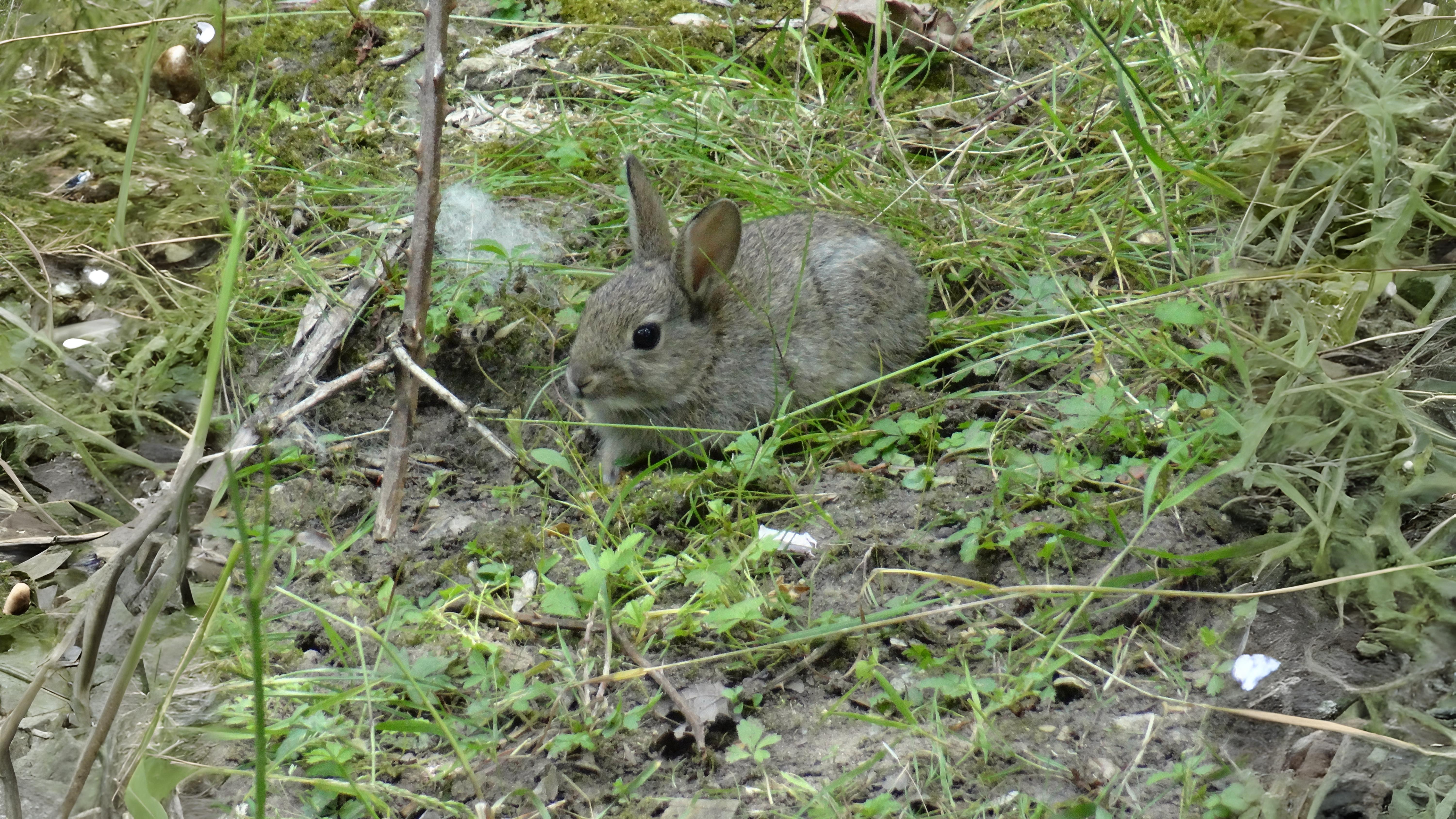
Although hares have a long reproductive season which may last from January to September, many choose to have their litters in early August. Compared to other mammals, leverets seem to learn nothing from their parents. The jill just sits near where her leverets are hiding, keeping a watch out for predators. She is a vigilant sentry and will stealthily follow a fox till she is sure it has left the area. She has even been known to climb trees and then jump out of them possibly breaking any scent trail that may lead back to her litter. Even so, foxes regularly find three or four unprotected leverets which merely freeze when confronted. He may take one or two, often returning the next day to take the rest. These poor creatures are also taken by cats, stoats, buzzards and even magpies and crows.
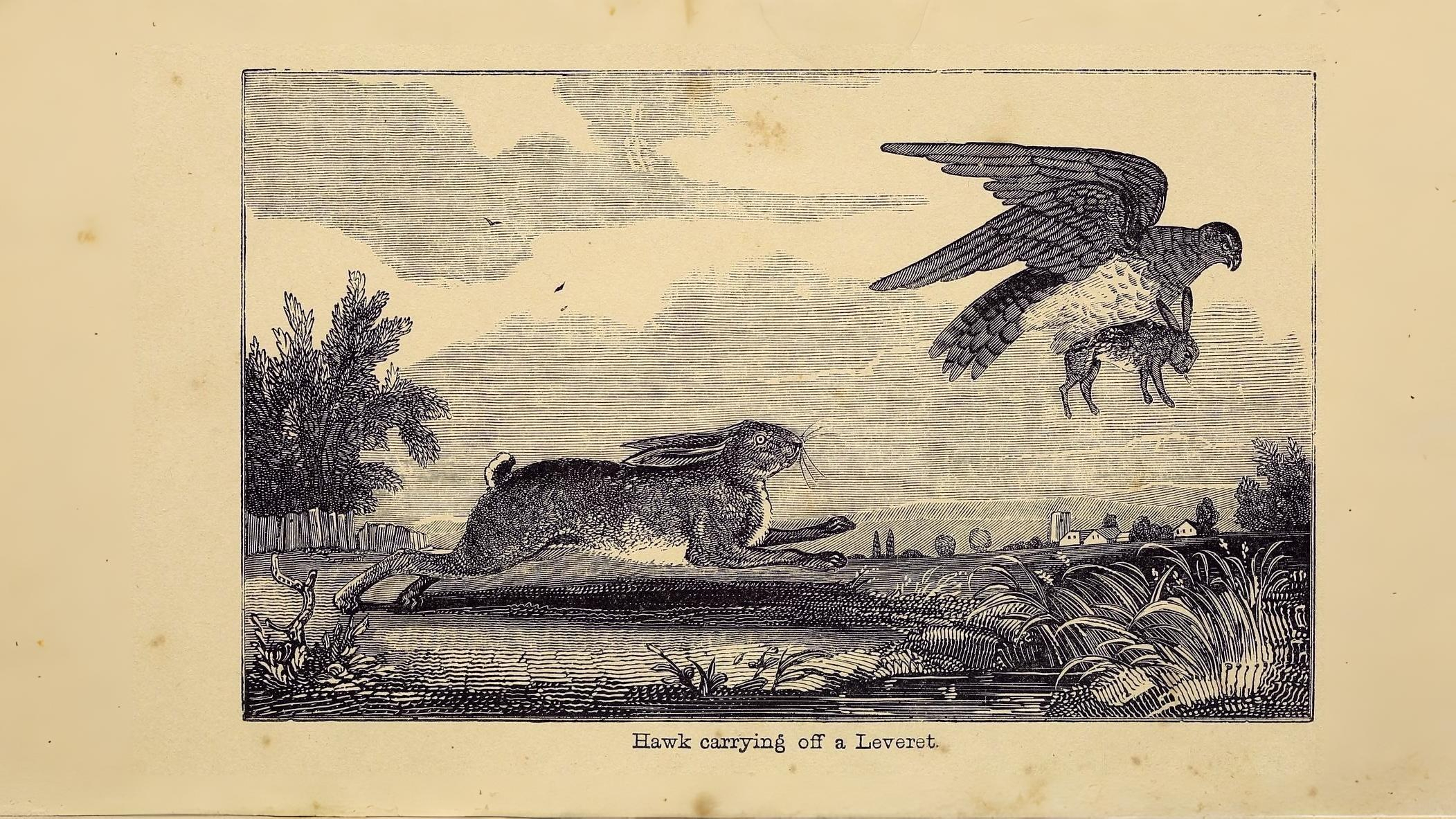
Hedgehog families are now feeding with some vigour. Mothers of late litters run the risk of not building up enough fat to get them through a long winter. Young hedgehogs are also starting to strike out alone and are occasionally seen at dusk in Bushy park. Young moles are doing the same and we may notice new diggings on garden lawns. This is a poor choice, not just because of irate gardeners, but also because the food source below the surface of a lawn is not a normal one. Many immature moles are found dead near newly dug tunnel systems, which have also turned out to be poor choices. Live moles may occasionally be seen above ground this month in grassland or in woods where there is deeper soil less prone to drying out.
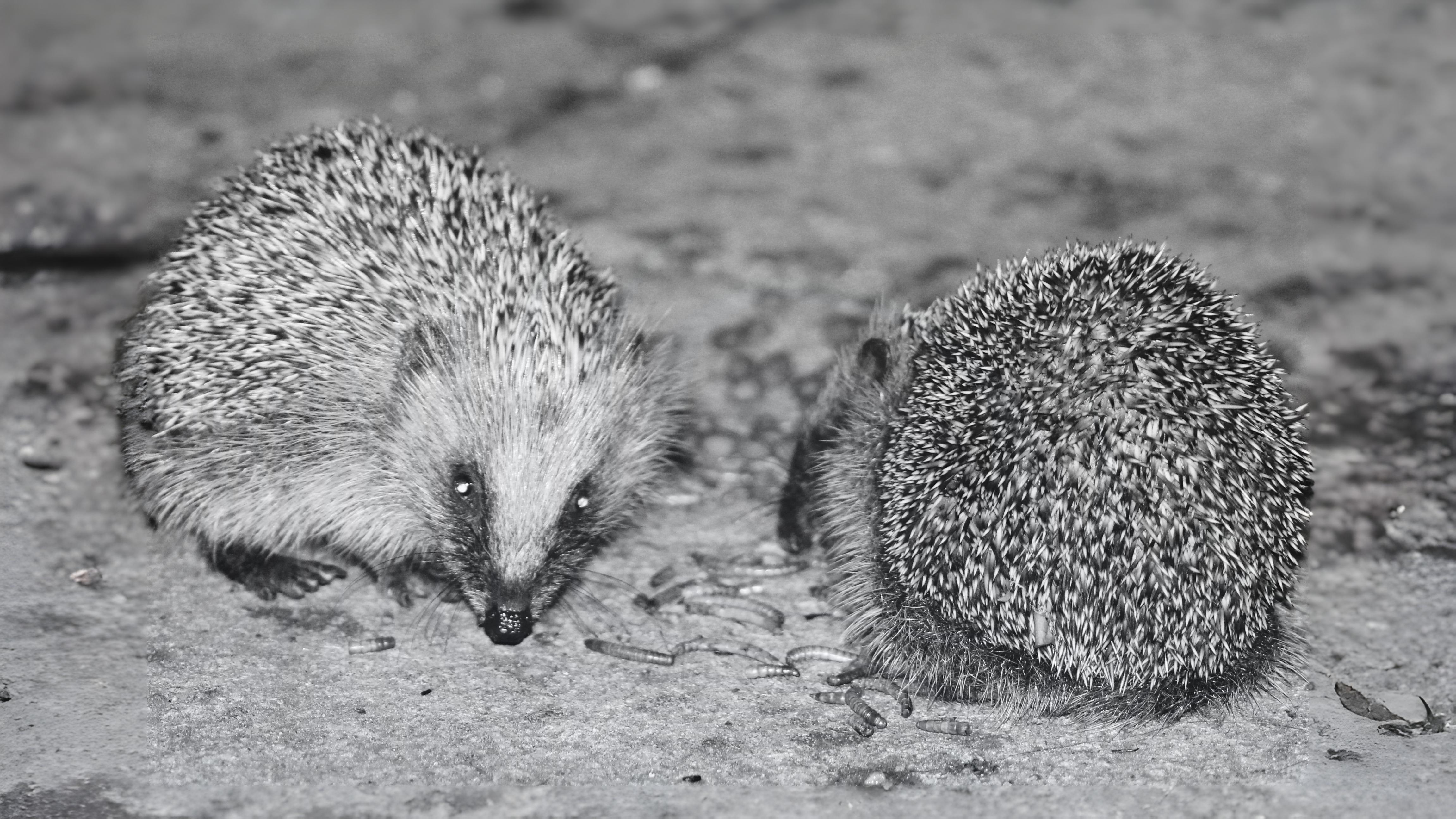
Squirrels are also busy feeding this month. Green nuts or their husks are sometimes noticed raining down from treetops. Young squirrels are never fed again once they leave the drey, although they do stay close to their mothers and can often be seen feeding with them. This makes it easier to identify the young squirrels. It is more difficult at other times of year as grey squirrels breed twice, but not necessarily in the same months. At this time of year they tend to be busiest in the morning and in the late afternoon. If it is hot they often doze in the middle of the day in their dreys or on their summer platforms.
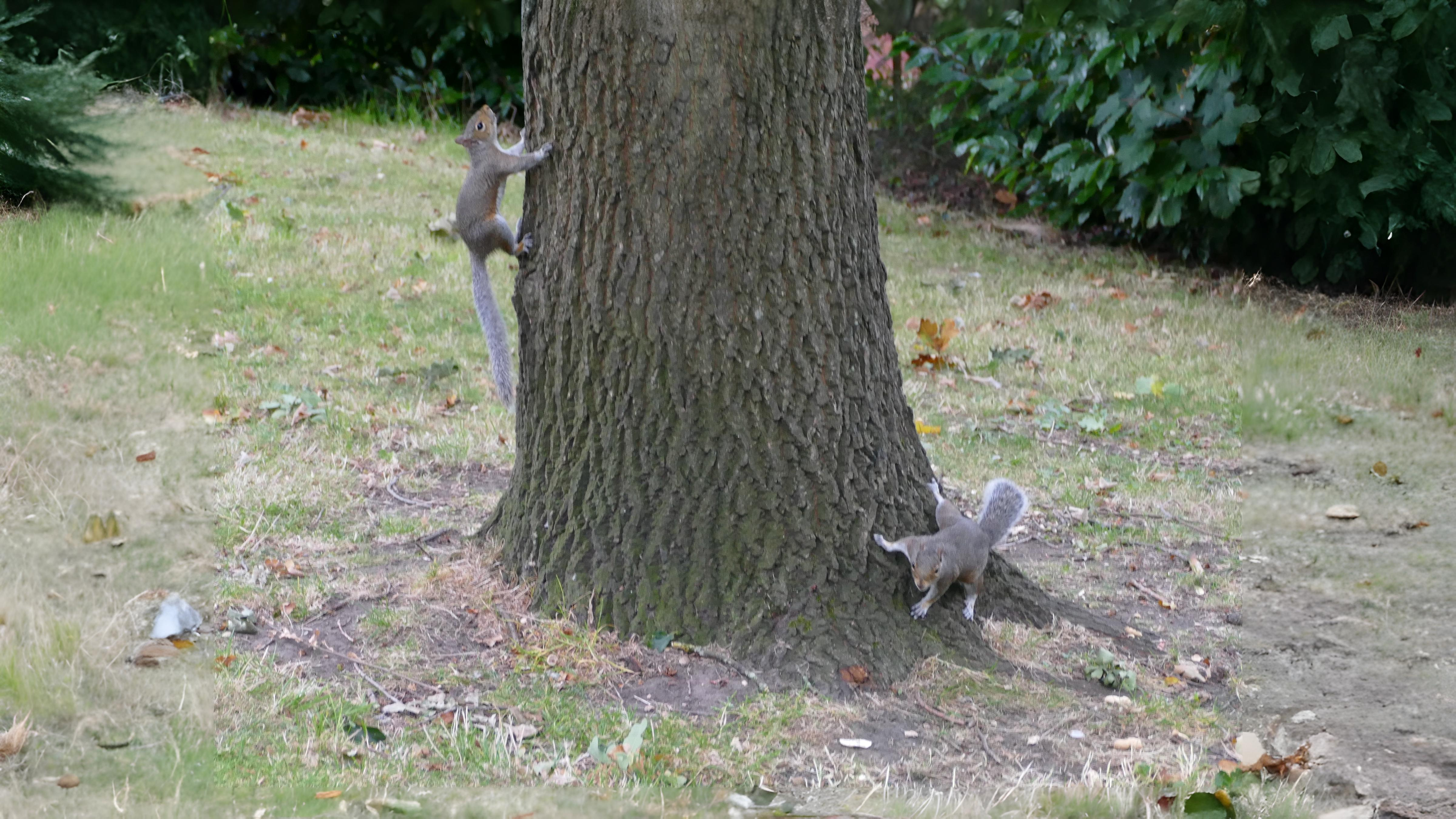

Stoats and weasels are noticed more running out of hedgerows this month, where they will have been looking for recently installed mice and voles. Weasels are said to track their prey like hounds, closely following a scent line. Stoats are seen constantly moving left then right, crossing a scent line and hunting more like a terrier. Stoats are always accused of excessive and unnecessary killing and often of only eating the brains of their victims. We usually distinguish between these two predators by looking for the black tip on the tail of the stoat, which is missing from the weasel. However, at this time of year, when they both dash out of hedges and run across roads, stoats usually pause for a second to look at us whereas weasels tend not to.
In August, we also often see various mice climbing brambles to enjoy blackberries or climbing wild roses looking for rosehips. Like so many other mammals they are now at peak numbers and some are still with nests full of young. The nests of harvestmice may now contain their third litter of five or more young.
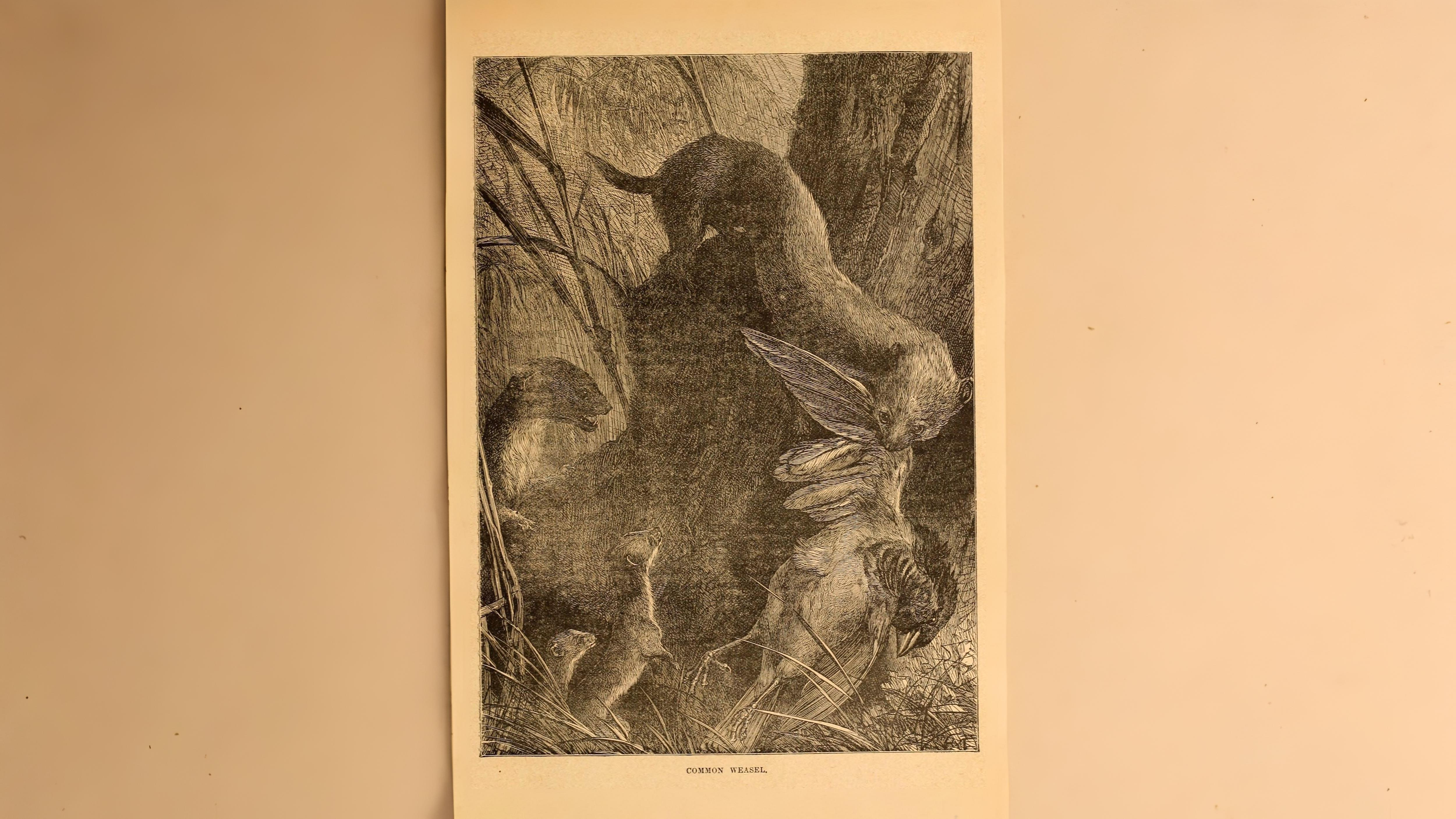
Gilbert White noted their nests were so compact and well made they could be rolled across a table without harming the young inside. The long-tailed field mouse may build its nest in a burrow or high in a hedge or even in an old bird’s nest. Dormice can sometimes be heard churring at night in one or two hazel woods in the Chilterns. Common shrews can still be heard squealing in long grass or hedgerows. They squeal not only when they are alarmed or when they are fighting but even if they just come across another shrew. The water shrew is far less vocal, making a sound not unlike a cricket.
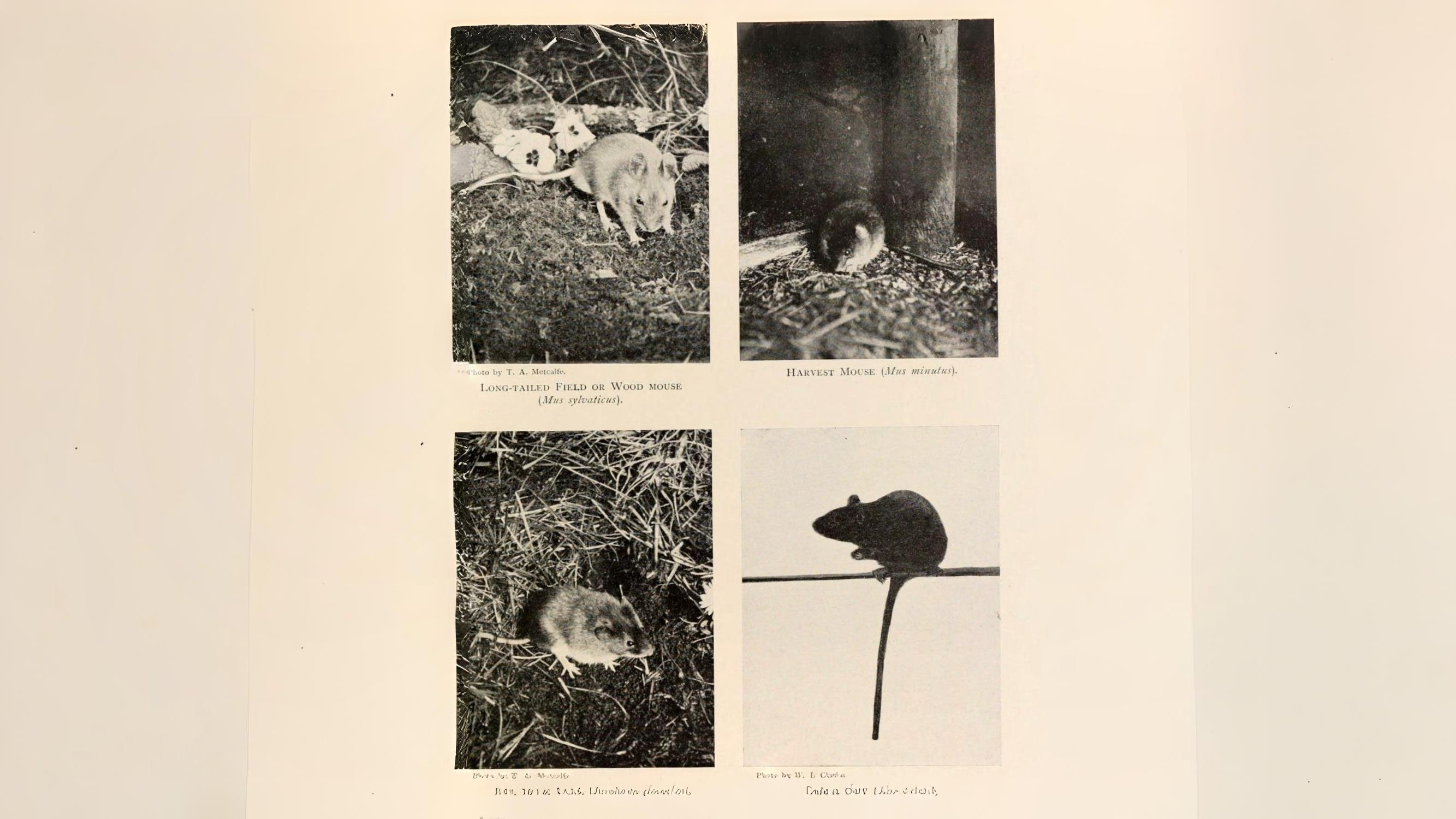
This is also an excellent month to see large numbers of pipistrelles hawking for insects along the edges of reservoirs, especially on warm, muggy nights. Sometimes they reach even greater numbers when different colonies join up. A lot of young bats seem poor at learning how to catch their food and consequently are found dead. Males have other things on their mind and can be seen pursuing females squeaking loudly, even in heavy rain. However, it is all chase, as mating occurs in the seclusion of the roost which may now be a new communal one recently chosen for the winter ahead. After mating, females store the sperm till the spring when they then allow fertilisation to occur. Young bats, whether they are Serotine, Whiskered or Leisler’s, are all just as gauche and easily confused as other young mammals. They all occasionally confuse an open bedroom window with the entrance of a new communal roost, usually with dramatic consequences.
